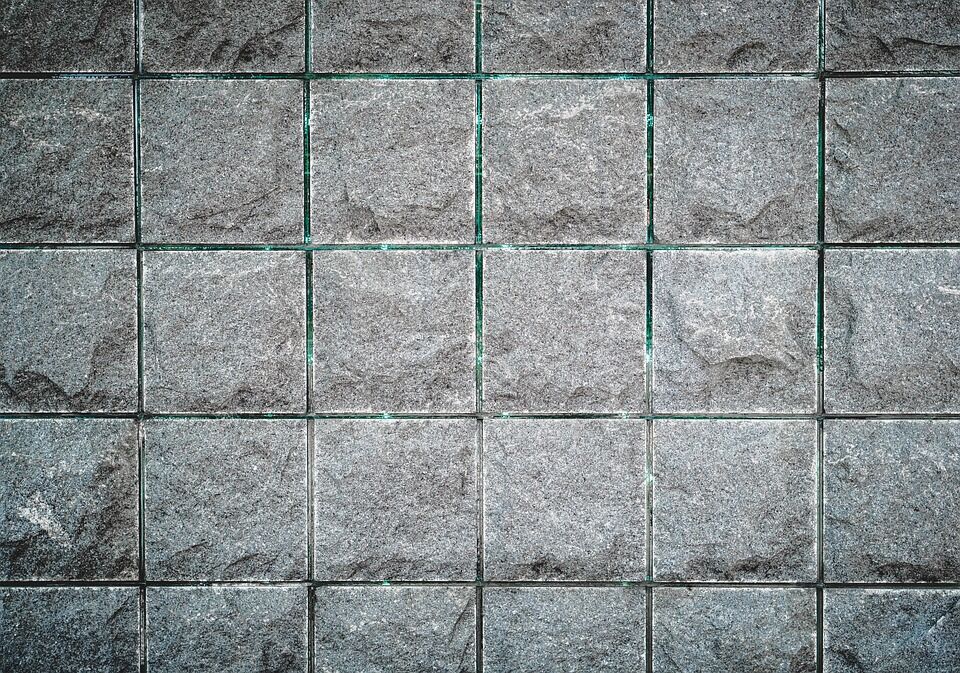No products in the cart.
Return To ShopVertical Wall Epoxy Block Filler
Vertical Wall Epoxy Block Filler is a two component 100% solids high build epoxy colored coating designed for applications to vertical cement or concrete block wall surfaces without sag or runs up to 20 mils per coat at 70°F without sagging.
Comes in 1 gallon kit and 5 gallon kits. Available in a semi-gloss with a wide selection of 11 color options.
PRIMER: Recommend E1015V
TOPCOAT: None normally needed (for increased chemical resistance and increased UV stability use an aliphatic urethane topcoat)
Where is Vertical Wall Epoxy used?
- Concrete walls
- Cement walls
- Concrete block walls
Why Vertical Wall Epoxy Block Filler?
- No sagging on vertical concrete & cement block walls to 20 mils/coat
- Great epoxy block filler
- Good chemical and abrasion resistance
- Long 45 – 90 min pot life
- Excellent adhesion 420 psi @elcometer
- Wide Selection of 11 color options
- 100% solids, very low voc
